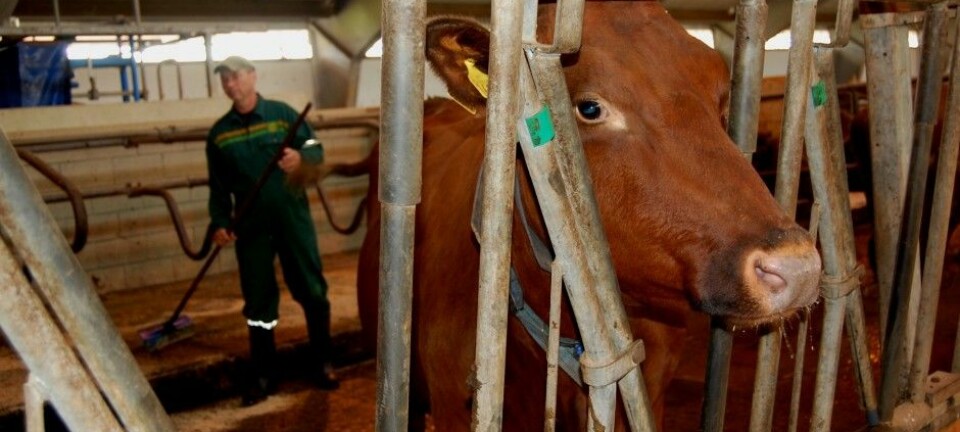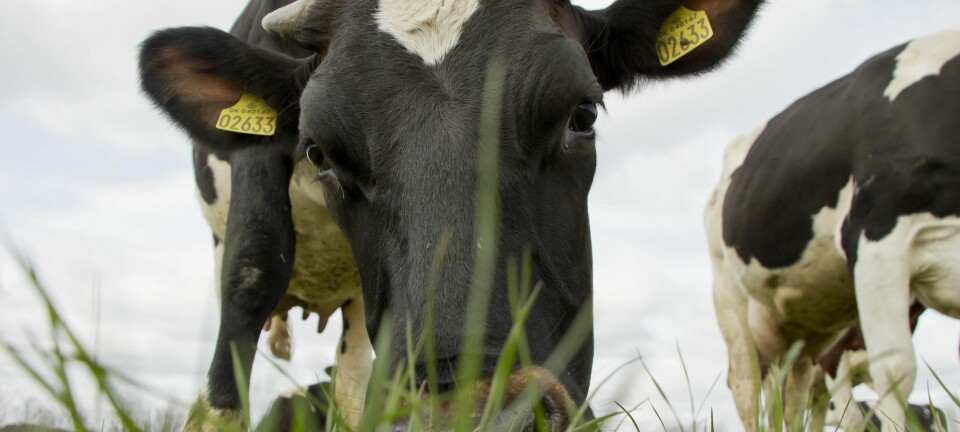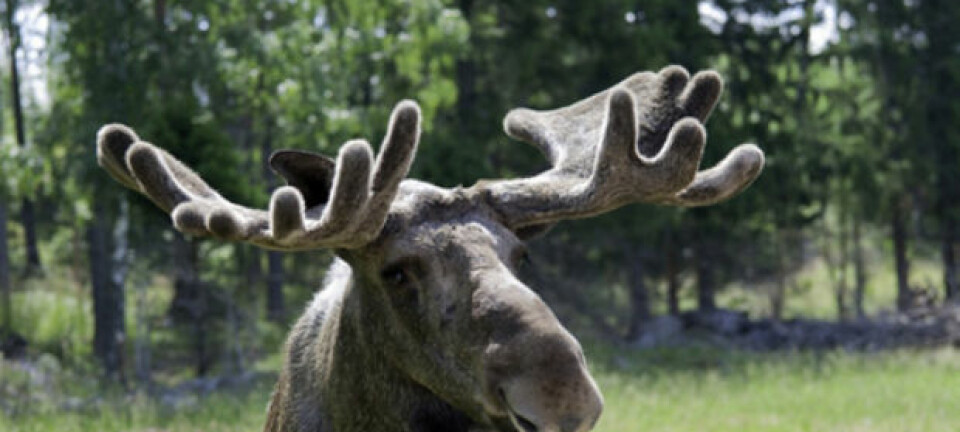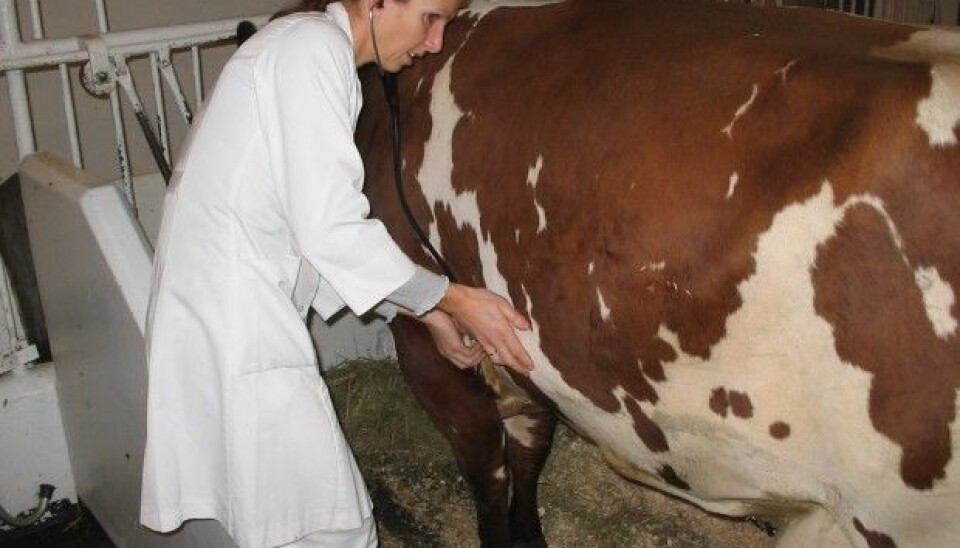
We carry viruses from barn to barn
Pneumonia is a mounting problem in barns.
Denne artikkelen er over ti år gammel og kan inneholde utdatert informasjon.
Postdoc Thea Blystad Klem at the Norwegian University of Life Sciences (NMBU) researches the sources of bovine respiratory syncytial virus (BRSV) contagion.
This virus thrives in the lungs and can have dire consequences. The respiratory disease is often fatal for livestock.
The researcher has conducted a pilot project on two coughing, runny-nosed cows. She found the virus present in the cows’ noses for 12 days.
“This is much longer than other studies have shown. Farmers, vets and people on neighbouring farms need to take heed,” says Klem.
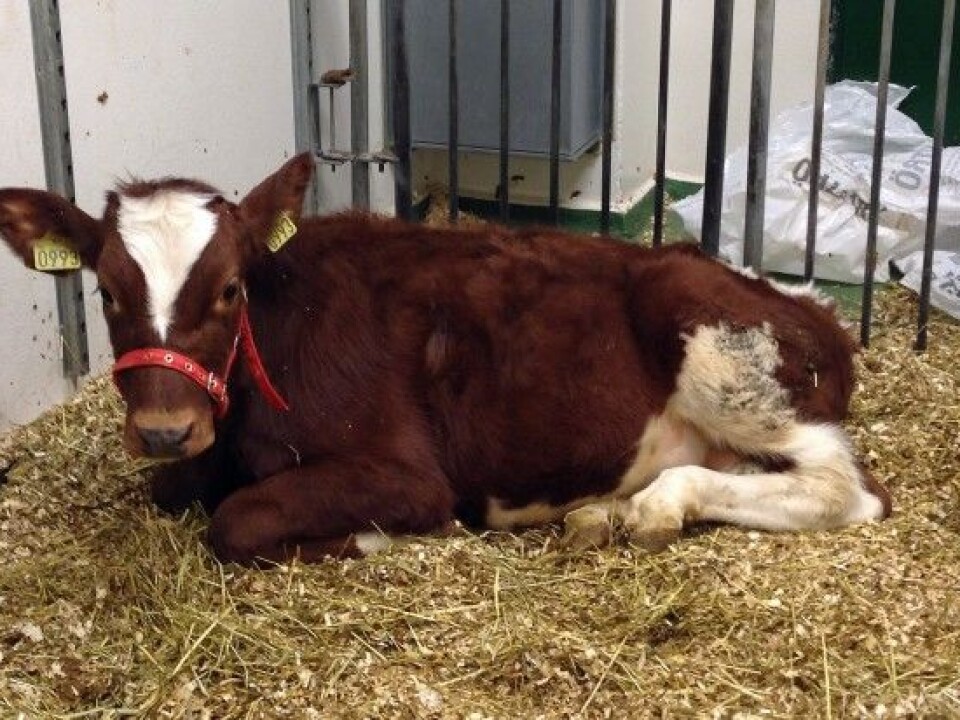
Hygiene is obviously a factor but too little is known about the main ways the infection is spread.
Barns can not be hermetically sealed
However, Klem realises it isn’t feasible to hermetically seal barns. Even if people who visit barns are careful about changing clothes and washing their hands on the way out, the virus can cling to the soles of their boots or perhaps hide beneath a wristwatch.
It would be unrealistic for farmers or veterinarians to shower down like nuclear power plant workers or disinfect all their clothing and equipment every time they step into a barn, points out Klem.
“So the key idea is to find out where the greatest concentration of virus is so that we can be extra careful with that object,” she says.
In an attempt to find out where the virus can hitch a ride, she tested watches, boots and stethoscopes that vets used when visiting stricken animals. These experiments have not been fully analysed yet.
Sales of animals and their transfer from one herd to another is another source of contagion, especially when it comes to long-distance transmission of the BRSV.
“Once we learn how long a cow is potentially contagious we can issue clearer advice about how long farmers should wait before buying or selling cattle,” says Klem.
-----------------------------
Read this article in Norwegian at forskning.no
Translated by: Glenn Ostling







